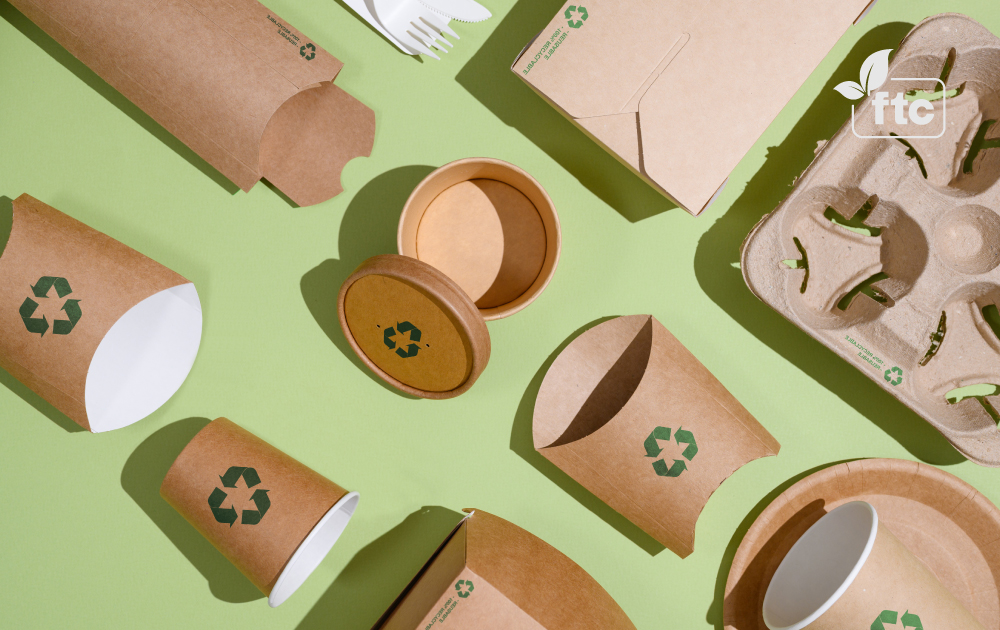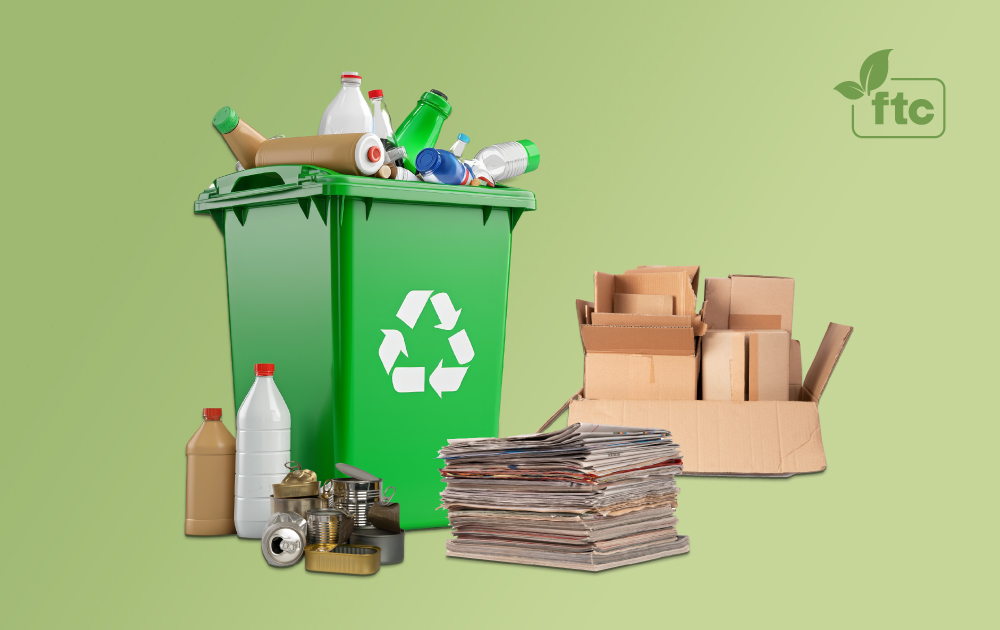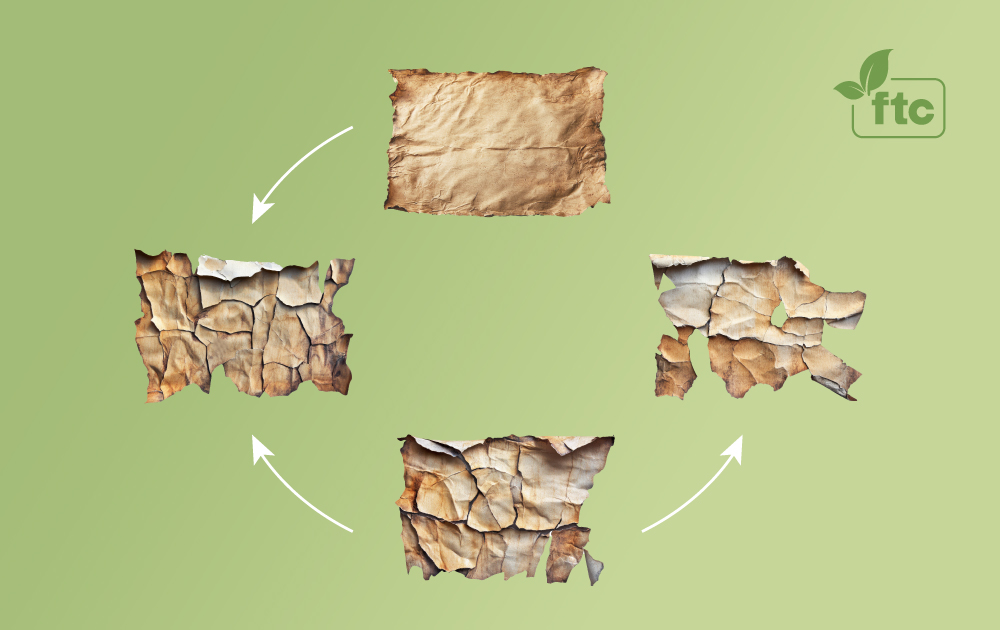
Many businesses worldwide have adopted eco-friendly practices to follow long-term sustainable development goals while also appealing to many environmentally conscious consumers. Some even promote their efforts and earn certifications to prove their commitment to being “green.” However, “green claims” on products and marketing materials can sometimes be unclear or misleading. That’s where the Federal Trade Commission (FTC) sets things straight with the Green Guides.
First introduced in 2012, these guidelines help regulate how companies market their products' environmental benefits. The Green Guides also protect consumers from false or misleading claims about eco-friendly products. The Green Guides also help businesses by setting clear rules for making environmental statements and encouraging transparency and accountability. Regulations note that companies should provide evidence to support these claims, as vague or unsubstantiated statements can mislead people and harm the brand's reputation in the future.
This article will explore how the FTC Green Guides defines Recyclable, Recycled Content, and Degradable—and how they help consumers make informed, sustainable choices.
Recyclable vs. Compostable vs. Biodegradable: What's the Difference?
What is recyclable packaging?
Recyclable products and packaging are items that can be collected, processed, and turned into new materials through most local recycling programs. Many plastic and glass materials are recyclable, and people often deposit them at their nearest recycling plant so they can be remade into new packaging.
What is biodegradable packaging?
Biodegradable packaging is made from materials that break down over a period. It’s a broad term that covers compostable, degradable, and even recyclable materials that has the potential to break down through natural means.
What is compostable packaging?
A subset of biodegradable products is compostable packaging, which are made from organic materials that are specifically designed to break down into natural elements within a composting environment, leaving no toxic residue behind.
What is the difference between biodegradable, compostable, and recyclable packaging?
The first point of comparison is that while all compostable packaging is biodegradable, not all biodegradable packaging is compostable. Biodegradable packaging can break down on its own. However, it usually takes a longer process, and it could decompose into toxins and microplastics.
Compostable packaging, meanwhile, is meant to degrade at specialized locations, so the process is swifter and safer. The composting also often doesn’t leave harmful elements, and the leftover compost is usually added back to the soil for nutrients.
These key differences put recyclable packaging into perspective. Biodegradable packaging and materials are recyclable, and they can be remade and reused into different items. However, there’s a shelf-life for compostable packaging; while they can be recycled, it’s often at limited capacity and letting them degrade at composting sites and be used as fertilizer might be better.
What the FTC Green Guidelines Say About Recyclable, Recycled Content, and Degradable
The FTC Green Guides set clear guidelines for recyclable, recycled content, and degradable packaging to help businesses use these claims responsibly. Let's go over what the FTC says on how they should be correctly used in marketing
· Recyclable
Products must be recyclable through most recycling plants to carry a recyclable label. For example, if a plastic bottle is labeled recyclable, it must be widely accepted in recycling programs. If only certain facilities can recycle the product, the label must clearly state this limitation to avoid confusion.

Businesses are responsible for ensuring their recyclability claims are accurate. To use the term recyclable correctly means they must verify that their product or packaging is compatible with the recycling systems available to most communities. Mislabeling a product as recyclable can lead to mistrust, frustration for eco-friendly consumers who go the extra mile and drop these at centers, and even other legal consequences.

· Recycled Content
Recycled content are the materials in a product that are reclaimed and reused either during manufacturing or after being used by the customers. This includes pre-consumer waste, like scraps from production, and post-consumer waste, like recycled paper or plastic. If a company claims a notebook has "50% recycled content," it must prove that half of the materials come from verified recycled sources.
The FTC Green Guides require businesses to accurately disclose the percentage of recycled content so buyers can understand precisely how much of the product is made from recycled materials.
· Degradable Products
Degradable products basically should have compostable elements: materials that completely break down into natural compost within one year of disposal under typical environmental conditions. For example, a bag labeled as biodegradable is expected to decompose entirely in a standard landfill within a year.

The FTC Green Guides emphasize that businesses making degradability claims must provide scientific evidence to support them. This includes credible testing data that proves the product will fully degrade as stated. Alternatively, brands should state if the product has special requirements to decompose completely. One example is the PLA packaging, which takes 3-6 months to break down within industrial composting facilities but would take 80-100 years to degrade naturally.
Regardless, the FTC inspects degradable materials and labeling more thoroughly since these items contribute to the waste economy. In a way, compostable packaging is one of the best products that could be labeled degradable under FTC rules.
How the Green Guides Challenge Businesses and Marketing
Promoting eco-friendly products and packaging can enhance a brand’s image, but it comes with the responsibility of being truthful. Businesses must provide clear and accurate claims to maintain credibility and uphold the integrity of sustainable marketing.
The FTC Green Guides are vital resources for businesses to ensure their environmental statements are truthful and evidence based. Adhering to these guidelines protects brands and fosters stronger connections with consumers who value transparency and sustainability.
Why Businesses Need to Comply with FTC’s Guidelines?
- It demonstrates integrity and builds trust: Compliance reflects a brand’s commitment to truthful advertising, earning respect from customers who prioritize honest environmental practices.
- It strengthens customer loyalty: Eco-conscious buyers favor brands that deliver on their promises, encouraging repeat purchases and long-term relationships.
- It supports real sustainability: Following FTC standards aligns businesses with authentic green initiatives, benefiting the planet and enhancing their reputation as leaders in sustainable production and marketing.
How Does the FTC Green Guide Impact Consumers?
- FTC protects buyers from false claims: The Green Guides shield consumers from misleading or deceptive environmental promotions, ensuring their money supports products that align with their values and priorities.
- The guidelines inspire trust in eco-friendly products: By requiring brands to back their claims with solid evidence, the guidelines help consumers trust environmental claims and confidently choose products that support sustainability.
- They empower informed decisions: These guides encourage consumers to go beyond surface-level buzzwords and evaluate products based on precise, verifiable details, enabling them to make choices that genuinely reflect their commitment to the environment
Communicating Environment-Friendly Efforts Moving Forward
Clear and honest communication about environmental claims helps build trust between businesses and customers. By following the FTC Green Guides, companies can ensure their products have accurate promotions with their eco-friendly efforts. This also lets buyers choose products that match their environment-conscious values, knowing they support real sustainability efforts. For businesses, sticking to these guidelines protects their branding and encourages them to use more sustainable practices. Ultimately, these rules help consumers make better choices and push companies to focus on real environmental responsibility in their products and packaging, thus solidifying a system that truly benefits the planet.



